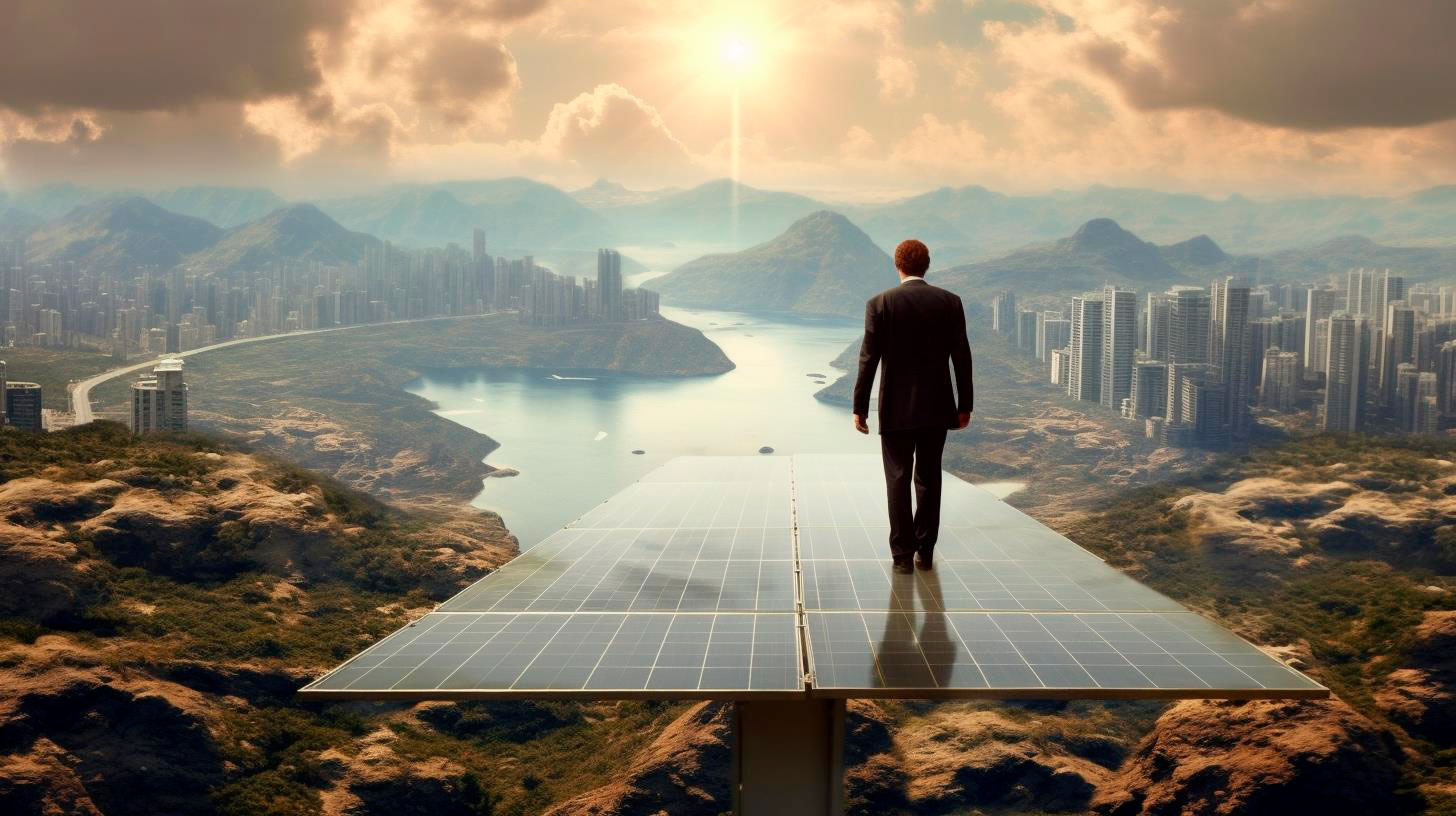Wind Energy: Harnessing Nature’s Power in Cities
This article explores how wind energy is being harnessed right in the heart of urban environments, the advantages it presents, and key takeaways for a cleaner and greener future.
The Rise of Urban Wind Energy
With the increasing need for renewable energy, cities are looking for innovative ways to incorporate wind power into their energy mix. While urban areas may not be traditionally associated with wind energy due to limited space and tall buildings, advancements in technology have made it possible to tap into this resource even in busy city centers.
Urban Wind Turbines
One of the main challenges in using wind energy in cities is the turbulent nature of wind currents caused by tall buildings and other structures. However, specially designed urban wind turbines have emerged as a solution. These turbines are smaller in size, more compact, and are often installed on rooftops or other elevated structures. They can harness wind energy even in built-up areas where traditional wind turbines would be impractical.
Key Takeaway: Urban wind turbines provide a viable solution to generate renewable energy in cities, regardless of their high-density and limited space.
Vertical Axis Wind Turbines
Vertical axis wind turbines (VAWTs) have gained popularity in urban settings due to their unique design. Unlike traditional horizontal-axis turbines seen in wind farms, VAWTs have a vertical rotor shaft, making them better suited for harnessing turbulent winds in built-up areas. They are more compact, quieter, and visually less imposing compared to their horizontal counterparts.
Key Takeaway: Vertical axis wind turbines are ideal for urban settings, as they can efficiently harness wind energy while minimizing noise and visual impact.
The Advantages of Urban Wind Energy
Integrating wind energy into cities comes with several advantages, both for the environment and the communities they serve. Here are some notable benefits:
- Clean and Renewable: Wind power is a clean and renewable source of energy that produces minimal greenhouse gas emissions. By incorporating wind energy into cities, we can reduce the reliance on fossil fuels, leading to a significant reduction in carbon dioxide emissions.
- Localized Power Generation: Urban wind turbines provide localized power generation, reducing transmission losses associated with transferring electricity over long distances. This improves the overall efficiency of the energy grid and enhances energy security for urban areas.
- Sustainable Job Creation: The development and maintenance of urban wind energy projects create job opportunities, contributing to economic growth while supporting the transition to a sustainable energy industry.
- Education and Awareness: Urban wind turbines serve as an educational tool, raising awareness about renewable energy and inspiring communities to embrace sustainable practices.
Key Takeaways for a Greener Future
As cities strive to achieve sustainable development goals and reduce their carbon footprint, incorporating wind energy into urban environments becomes crucial. Here are the key takeaways for a greener future:
- Urban wind turbines offer a practical solution for harnessing wind energy in dense cities.
- Vertical axis wind turbines are suitable for urban settings, generating renewable energy while minimizing noise and visual impact.
- By integrating wind energy into cities, we can reduce reliance on fossil fuels and decrease greenhouse gas emissions.
- Localized power generation enhances energy efficiency and improves energy security for urban areas.
With wind energy playing an increasingly significant role in powering urban centers, cities can pave the way towards a cleaner and more sustainable future. Embracing renewable energy sources like wind power is not only beneficial to the environment but also creates a resilient and self-sufficient urban energy infrastructure.
Sources: U.S. Environmental Protection Agency, U.S. Department of Energy
